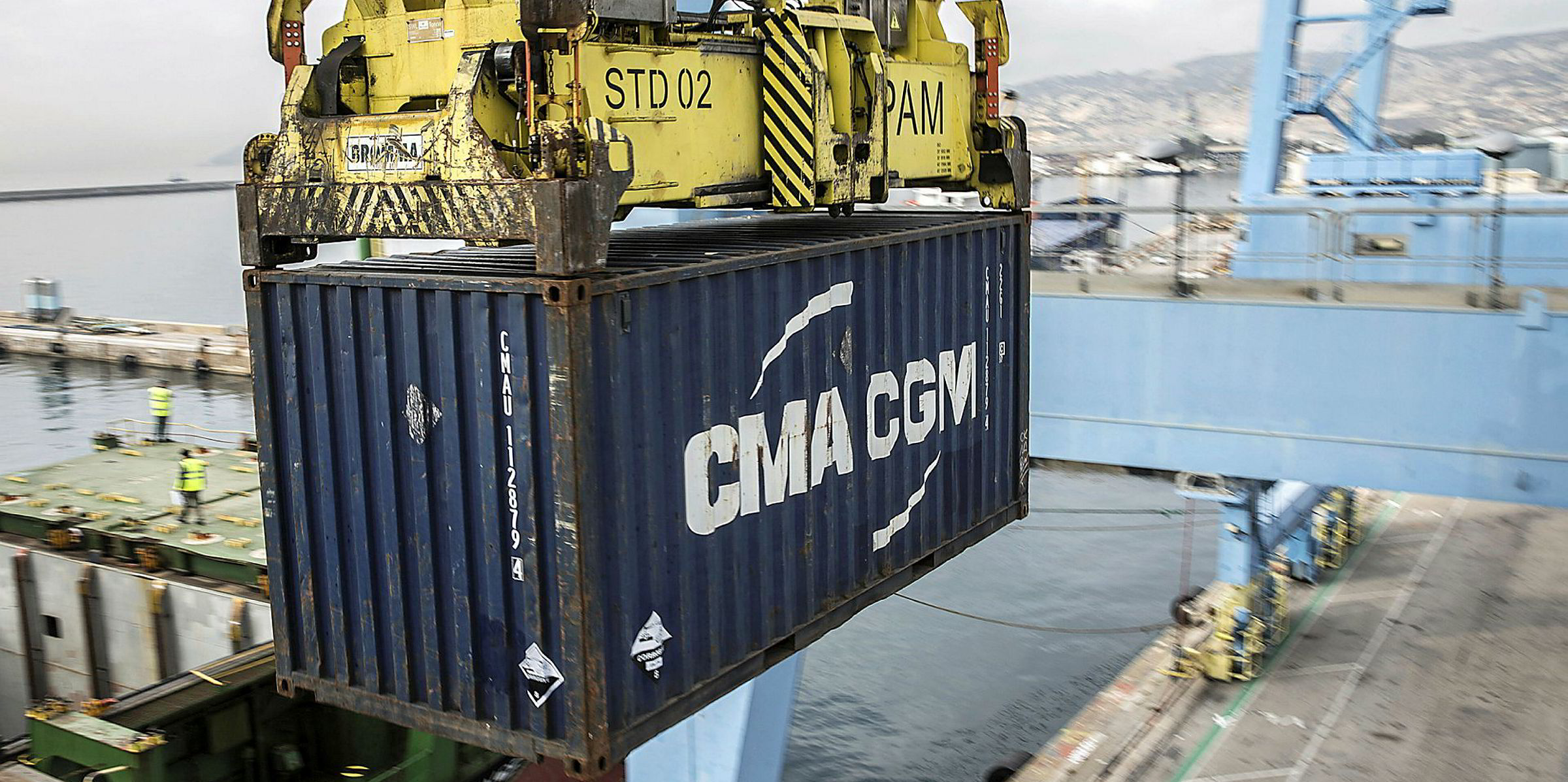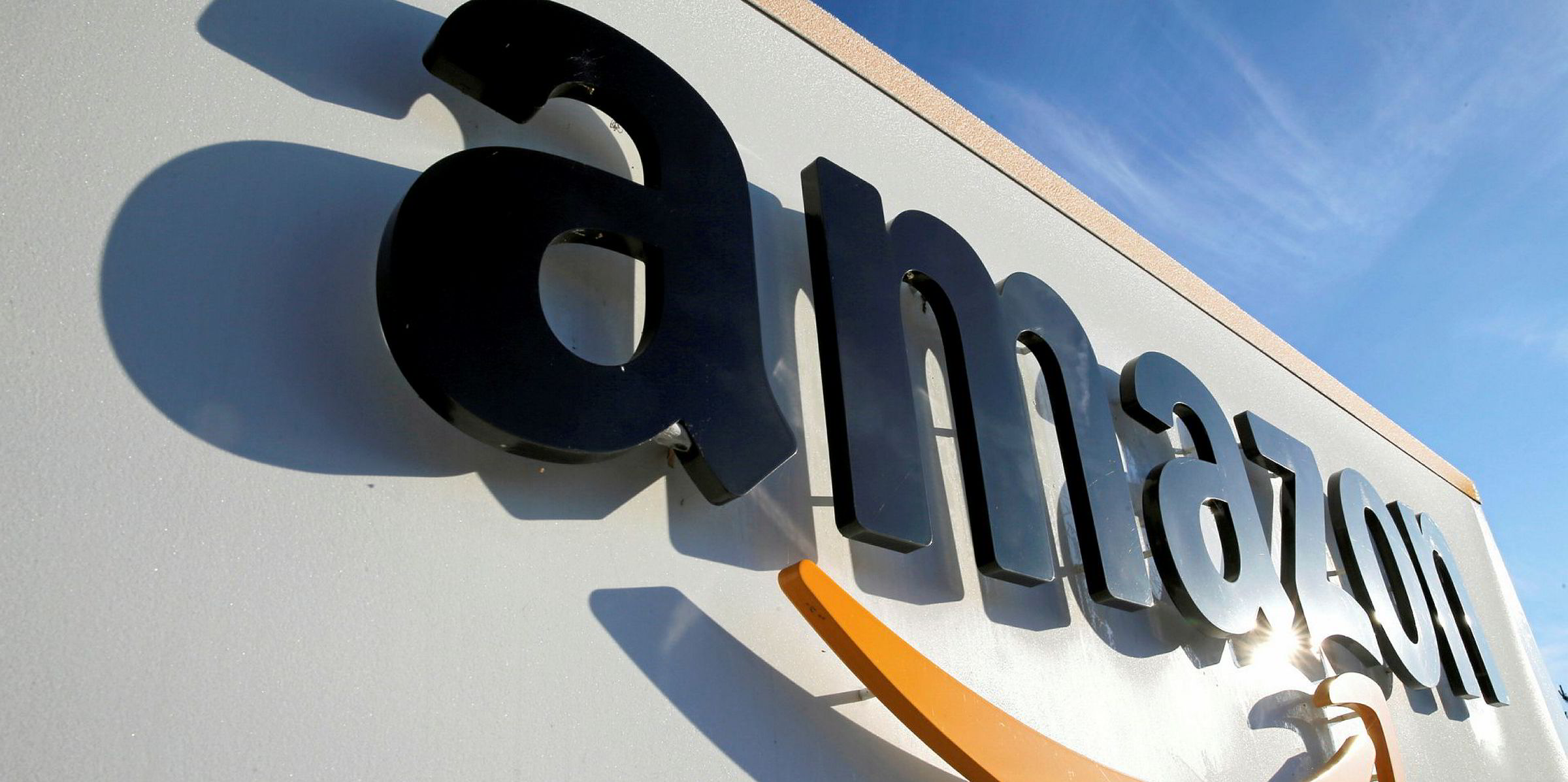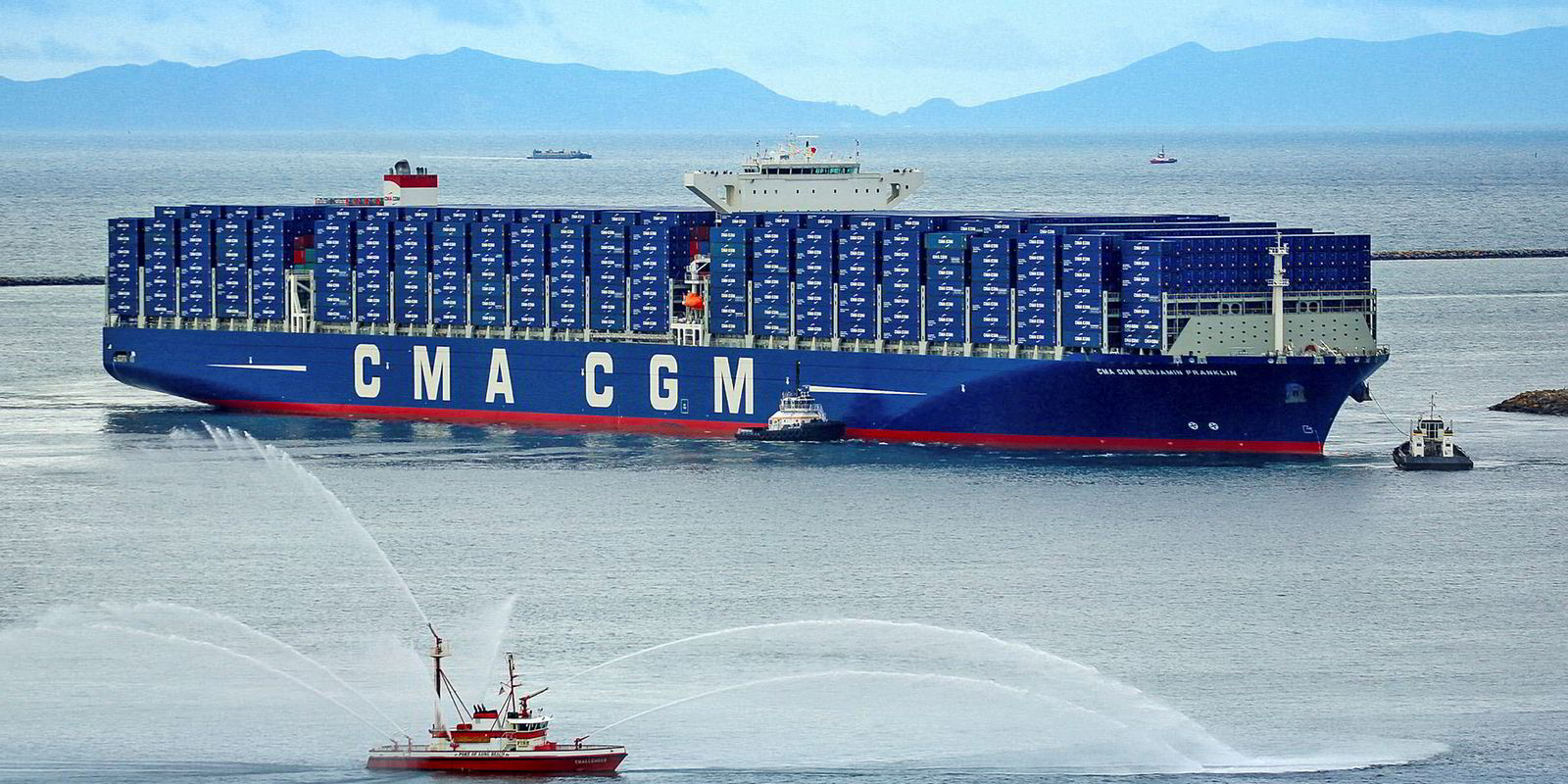Container freight marketplace Freightos has tripled its ocean volumes over the past year, according to its founder and chief executive Zvi Schreiber.
Increases in digital spot sales of container freight have coincided with new measures to resolve issues around cargo no-shows, overbooking and price volatility.
But Schreiber conceded the sector has some way to go before embracing the index-linked trading that would be the next step towards developing a container freight derivative industry.
Baltic alliance
Freightos launched the Freightos Baltic Index (FBX) in April 2018, in tandem with the Baltic Exchange.
That resulted in an increase of index-linked contracts last winter by beneficial cargo owners and carriers.
“People are honestly dipping the toe into the water and trying a few lanes," Schreiber said. "I think by the time we get to next year, it’s going to have more massive usage.”
The Freightos founder believes the lack of a good container freight index has hindered attempts to encourage trading of container freight derivatives.
But recent innovations, such as publishing the index daily instead of weekly, are intended to encourage the move towards derivatives.
“We’re to keep working on that for a year or two before we try to launch derivatives,” Schreiber said.

The changes have come alongside a pick-up in digital sales of container freight on the spot market, which Schreiber estimated account for up to 40% of containers shipped.
Schreiber did not give volume numbers, but said the increase is being registered on Freightos.
Imagine we order a pizza. And by the time it gets to table, the price may have changed. That’s how ocean freight is always sold. It’s always subject to price changes
Zvi Schreiber, founder and chief executive of Freightos
“Our ocean volumes are up 200% from this time last year. It’s growing very fast,” he said.
Some liner operators, including Maersk Line and CMA CGM, have established their own portals, but most do not have an appetite for selling directly to the small and medium-size shippers that use Freightos.
Digital disruption
The bigger threat comes from Amazon, which recently launched a trucking platform. Schreiber is worried it could one day use its financial strength to undercut the ocean freight market. He is a keen advocate of regulation to prevent any potential abuse of a monopoly position by the online retail giant.
Schreiber ridicules the small print of container freight contracts, which leaves shippers exposed to general rate increases (GRIs). These GRIs mean that by the time the container gets to port, the price of the shipment may change.
“It’s ridiculous," he said. "Imagine we order a pizza. And by the time it gets to table, the price may have changed. That’s how ocean freight is always sold. It’s always subject to price changes.”

A related problem is that liner operators and shippers do not honour contracts, due to seasonal surcharges or capacity being denied. Schreiber likened that to the airline industry some 20 years ago.
“It becomes a huge problem," he said. "That shippers book the container and don’t show up. Or the opposite: they show up and the space has gone.”
A recent partnership enabling CMA CGM to sell containers on Freightos is meant to resolve that problem.
Compensation innovation
Cargoes are guaranteed to ship on a scheduled vessel at a fixed prices. Conversely, if a shipper does not show up with the container, the liner operator gets compensation.
“That should be obvious, but it’s an important innovation,” Schreiber said.
Schreiber, who splits his time between Israel and the UK, started Freightos in 2012. Since then, it has grown to employ 200 people and has raised $95m from investors including SGX.





